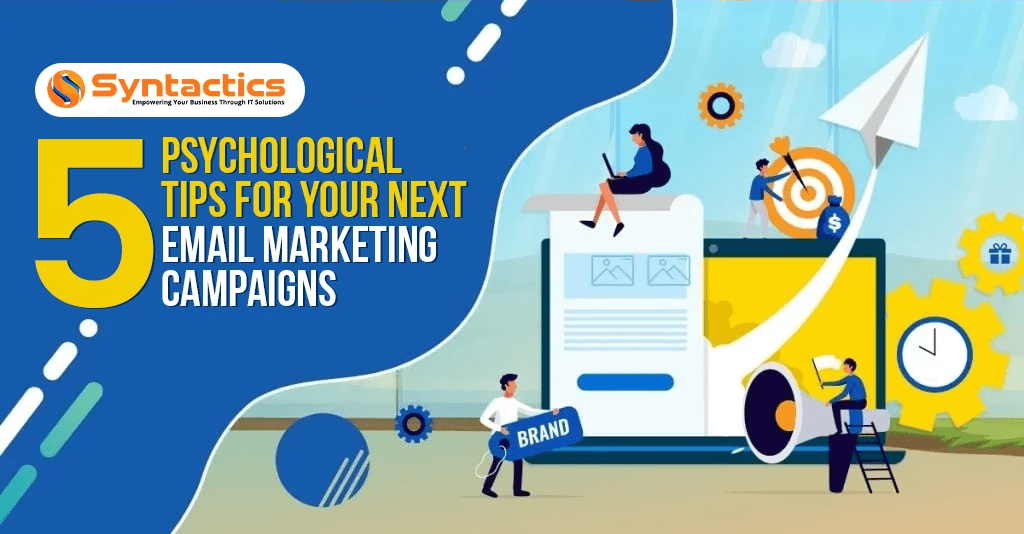
5 Psychological Tips For Your Next Email Marketing Campaigns
There are plenty of tips for email marketing success. For example, you can hire email marketing experts who are skilled in their craft. But, one of the best ways to achieve success is integrating email marketing and psychology. The best part is that anyone can utilize the two together in harmony!
It’s no secret that learning about human traits and behaviors can point your marketing strategies in the right direction. For instance, personalization is a powerful strategy that leverages customer data to target email recipients. You can tailor content or segment emails according to customer demographics for greater success.
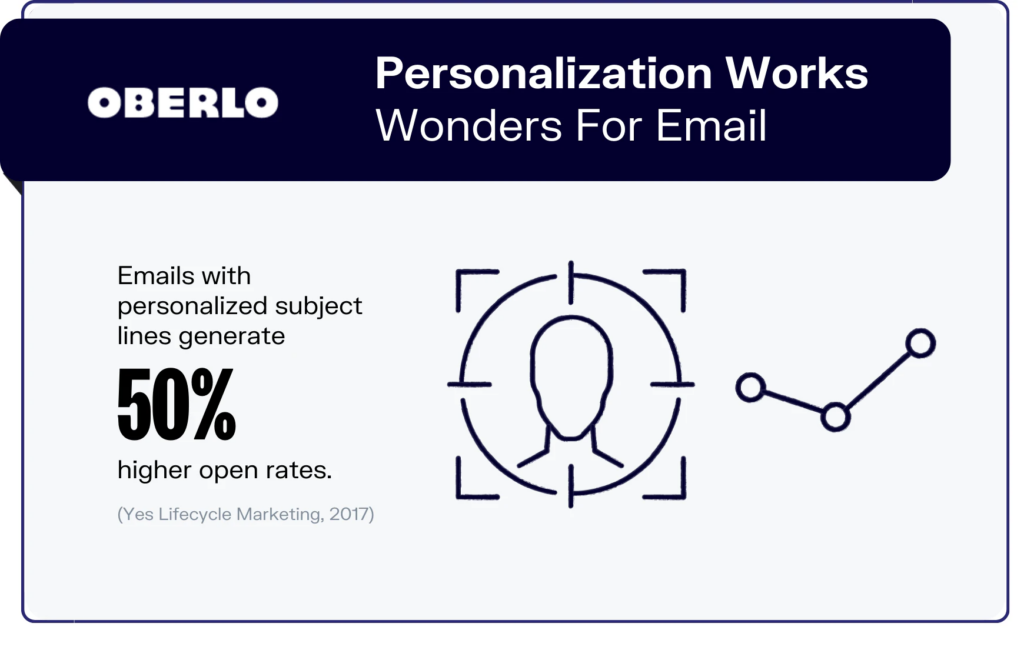
Source: Oberlo.
However, with the number of unique individuals who use email, you must focus on their most common traits. Afterward, you can maximize the effectiveness of your email campaigns.
Email Marketing and Psychology
You can integrate email marketing and psychology to create more effective campaigns. After all, following psychological principles can result in more compelling, persuasive campaigns that better connect with your audience.
Thus, if you hire email marketing experts who understand psychological principles, you can customize your campaigns for greater success! Professional email marketing services will create the ideal marketing messages that encourage desirable actions. As a result, your business can build stronger relationships with recipients.
There are several benefits from tapping into psychology, such as the following:
- Better mailing list segmentation based on recipients’ psychology;
- Personalized content;
- Triggering scarcity and urgency;
- Offering greater value;
- Better storytelling, etc.
By using psychology, you can create more compelling and persuasive campaigns that resonate with your audience.
So, it’s best that you keep these email marketing psychology tricks in mind so as the simple steps to expand your mailing list for better results.
5 Marketing Psychology Hacks in Email for Your Next Marketing Campaign
Adding Inviting Images
Most of the data our brains process is visual. So, individuals are more likely to remember an image than its associated text.
Moreover, according to Data Storytelling, human brains are built for visuals since images are processed “60,000 times faster than text.” So, it’s less likely that text-only emails will be read in their entirety. Instead, expect that your audience will only be scanning your email. They’ll look for visual cues that catch their interest and simply read the points they’re most interested in.
Also, remember that the emotions you induce can last much longer in your clients’ memories than any rational thought. This fact alone can significantly increase the effectiveness of campaigns when building relationships with clients.
Consider sending messages that elicit positive emotions like joy or excitement to create an emotional connection with recipients! You can tap into your audience’s nostalgia to strengthen bonds with your loyal audience.
For instance, while most images that include faces can catch one’s attention, images of babies tend to activate emotion receptors.
Using Attractive Colors
Design should never be an afterthought in the psychology of effective email marketing. Carefully consider your email’s overall layout and colors, just like how you chose the subject of your image.
In addition, you should learn about color psychology and how it affects an individual’s mood. That way, you can determine your target market’s most appealing color schemes and palettes.
For example, you may want to use a shade of yellow to radiate positive energies and uplift their emotions!
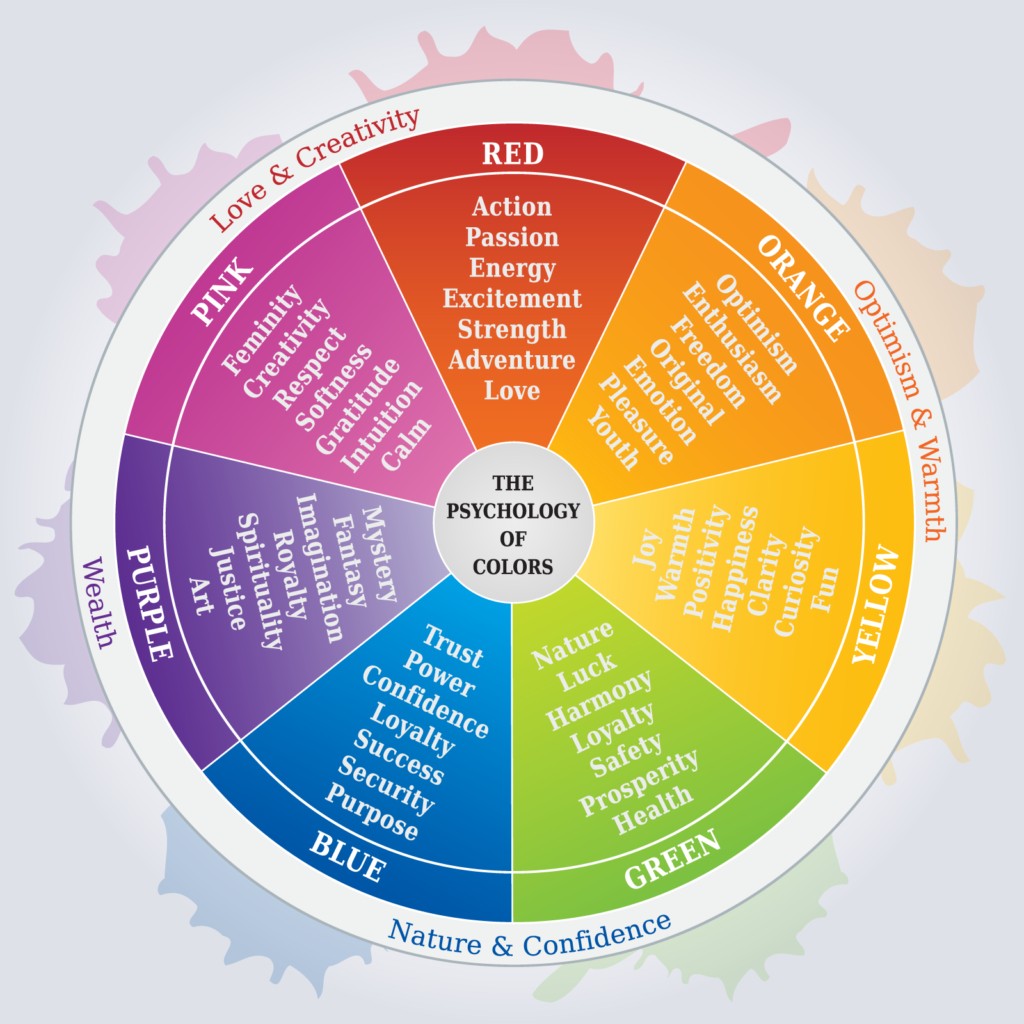
Source: Color Meanings.
You may also hire email marketing experts with in-depth knowledge of using colors to your advantage.
Adding Price Comparisons
For digital marketers, closing your email with a Call To Action is fairly common and often expected. However, instead of directly offering products or services at a fixed price, providing subscribers with a selection may be more effective.
For instance, you can set one option as a base price to serve as subscribers’ primary reference. You can spotlight one of your offers depending on your overall marketing strategy. For example, Email Marketing Services in the Philippines can label your product or service as the most popular choice among your clients.
Other than that, you can emphasize that your product commands the lowest price in a set of three. Thus, this strategy can imply that your prospects can buy products at a lower price than their true value. In most cases, this easily attracts the attention of newer clients.
Thus, you can list rival brands with more expensive prices alongside yours. It directs attention to the more cost-effective item — yours — that serves a similar purpose.
On the other hand, you can label your offer as the most high-end option of the bunch. This strategy gives recipients the impression that you can expand your business through the help of a reliable content services.
Tapping Into the Psychology of “Free” and the Tendency For Reciprocity
Marketing teams can easily overlook the benefits of offering items for free. At first glance, it may seem counterintuitive in the psychology of email marketing. Why would you offer prospects resources immediately without guaranteeing they’ll be converted?
However, leveraging the concept of “free” is more promising and cost-effective than it’s made out to be. It’s an email marketing tip that is among the most rewarding investments.
You’ll usually find that this marketing strategy involves offering free trials, quotes, or guides from the very beginning. But it’s more than a lead generation tool to accumulate as many email addresses as possible. For example, you can also incorporate it in the email.
Marketing teams often retain relevance using regularly scheduled emails offering useful tools or strategies. In most scenarios, prospects may feel compelled to acquire your services since the connection between both parties has been established.
It’s also worth noting that exclusive content can intensify their curiosity about your products. Some eCommerce platforms use email marketing to offer discount codes after they sense products left in customers’ carts.
Thus, when the platforms pair this with the offer of guaranteed free shipping, they can often get their users to seal the deal.
Taking Advantage of Scarcity
Tap into the psychological principle of loss aversion to boost your conversion rates! The idea of scarcity can instill a sense of urgency in your audience. In the psychology behind email marketing, experts link scarcity with the principle that consumers often feel the Fear Of Missing Out (FOMO).
According to FOMO Statistics, this fear makes 39% of people feel envy, which may spur them to purchase. When customers sense a high demand for an item, they also feel pressured to purchase it for themselves.
For this reason, customers will always perceive limited edition items as more valuable in contrast to products available year-round.
Cognitive psychology and decision theory explain that this is due to the tendency for loss aversion in daily decision-making. When all other factors remain the same, individuals will still tend to feel more strongly about losing a specific item than gaining it.
So, take advantage of it in your email marketing campaigns to prompt recipients to take immediate desirable action! For example, you can add compelling language emphasizing the need for urgency, such as “Limited-time offer” or “Act now!”
Final Thoughts
Using these tips and a few more can quickly help you become an effective email marketing expert in no time. Keep your momentum going, and keep these tips in mind. The next time you send out emails to your subscribers, you may see an increase in your conversion rate!
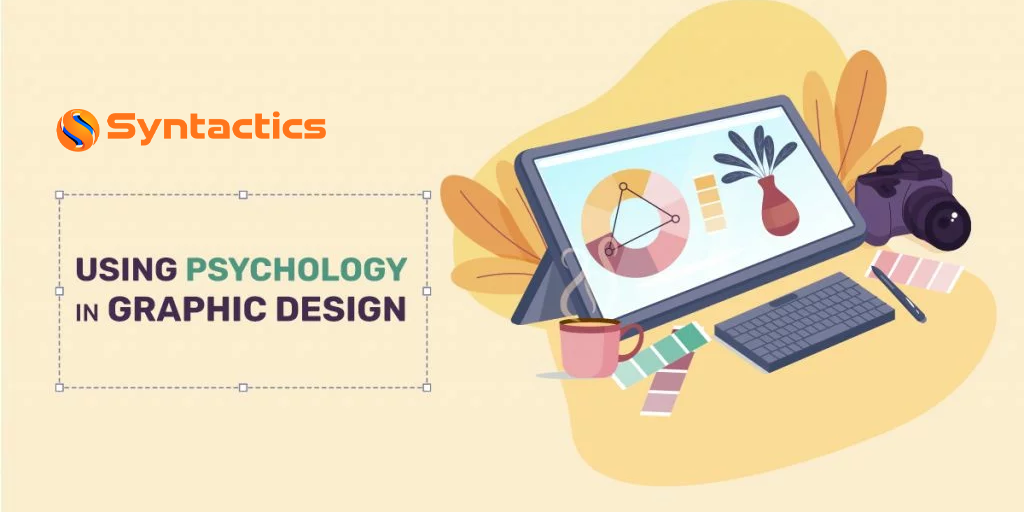
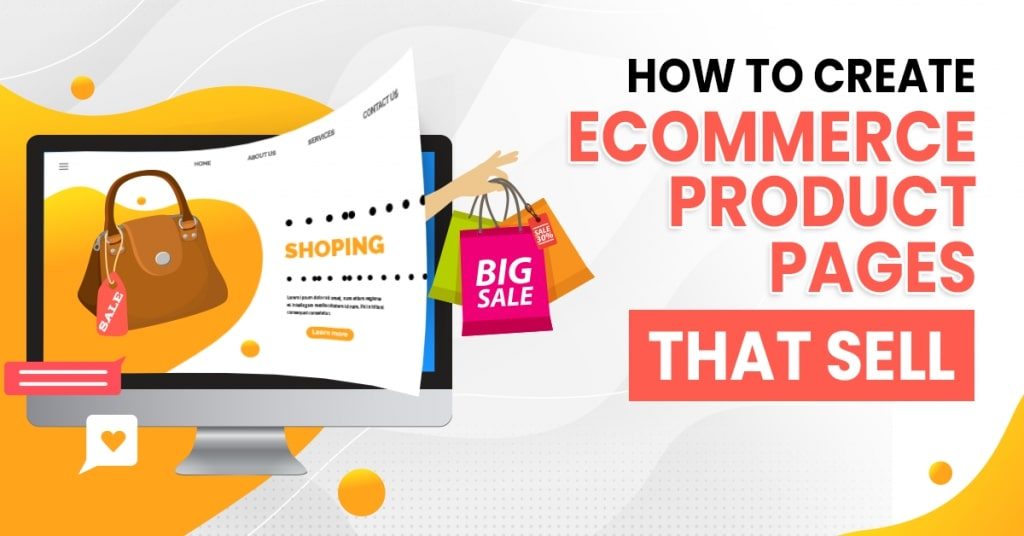






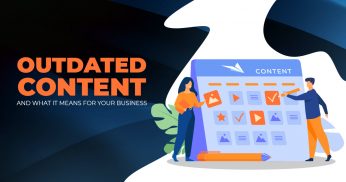

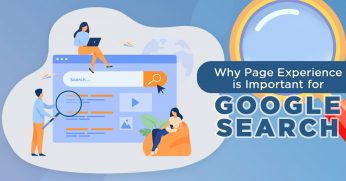
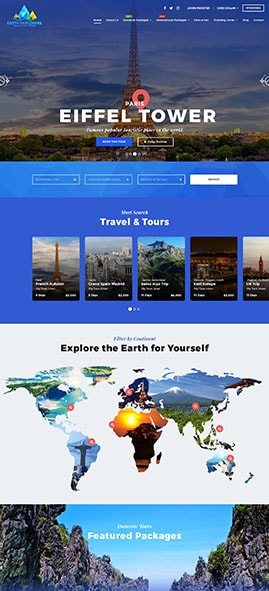
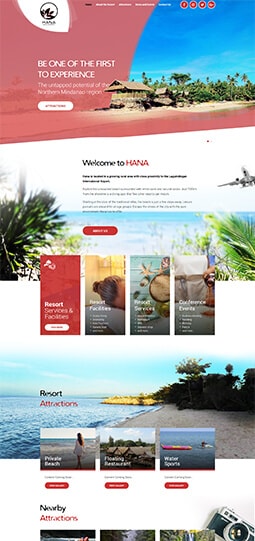
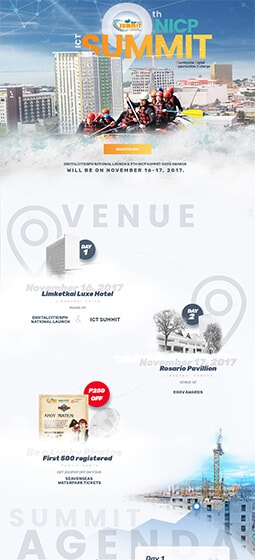
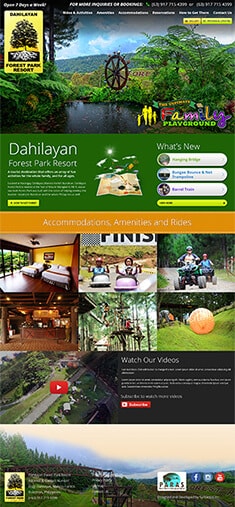
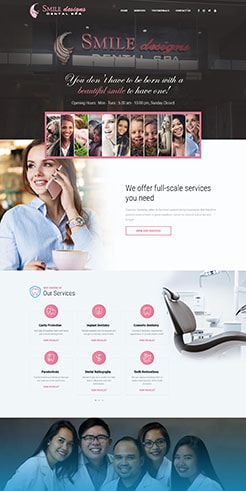
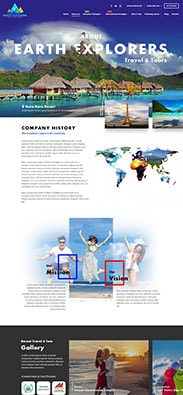

Comment 0